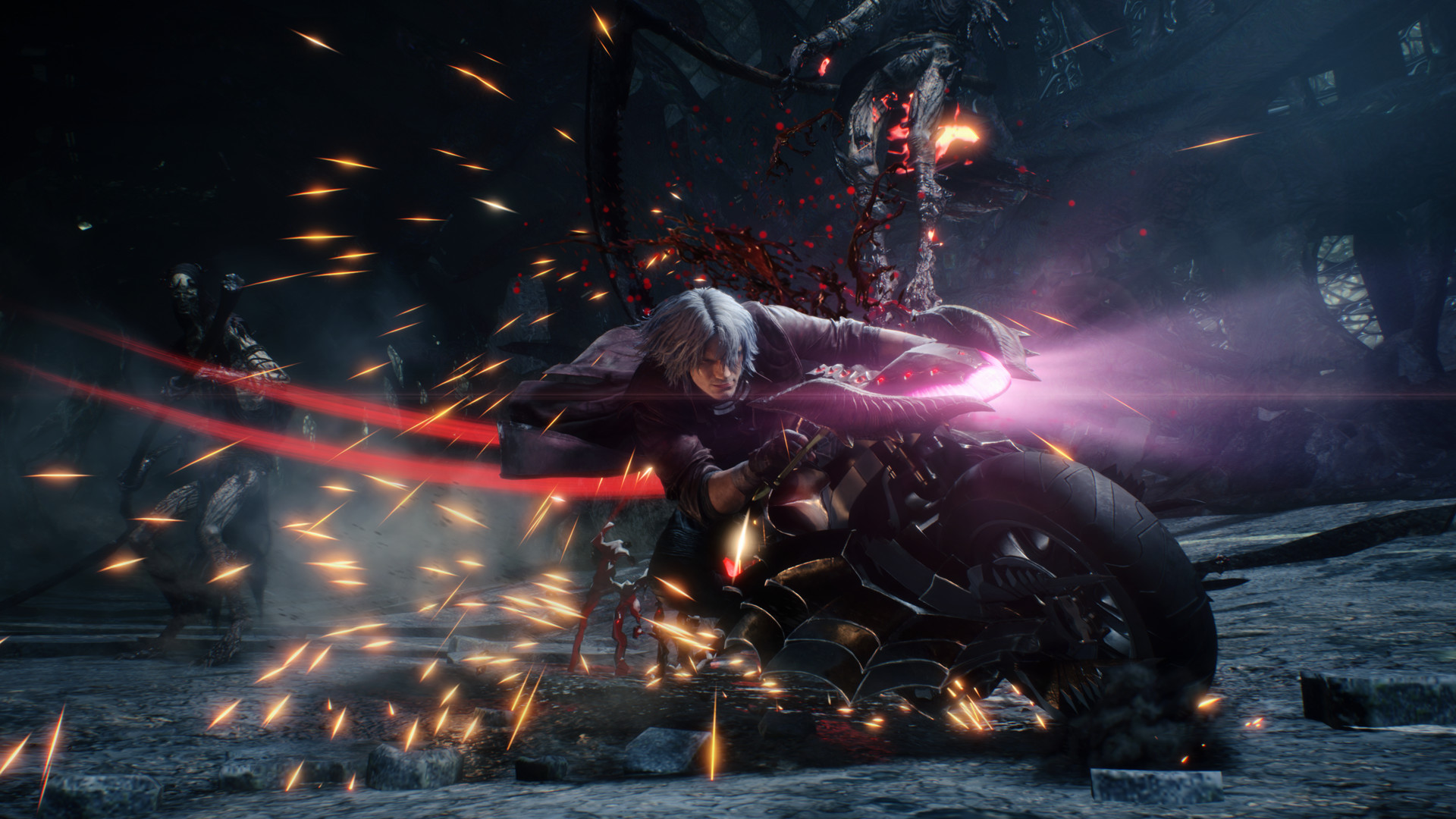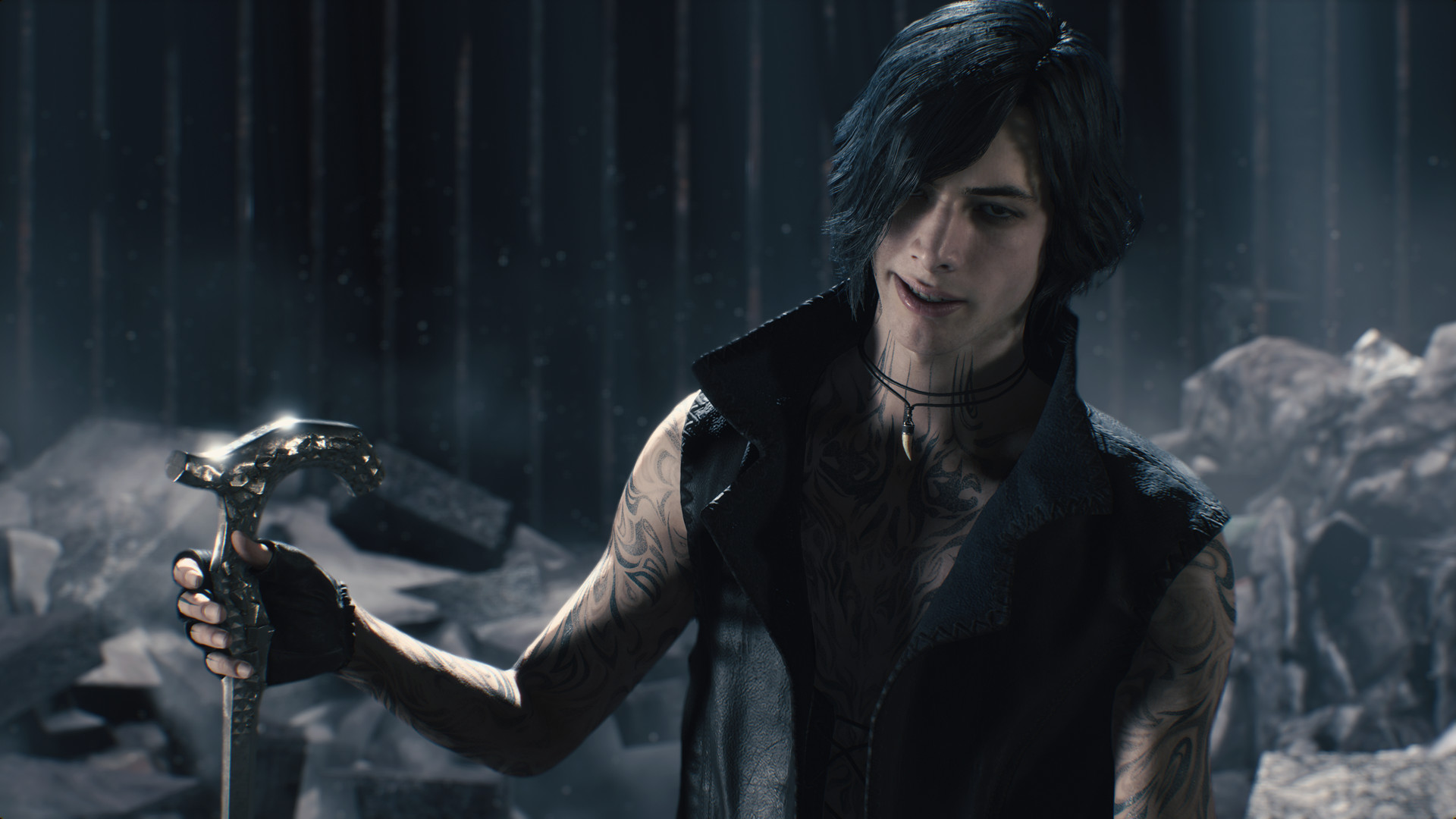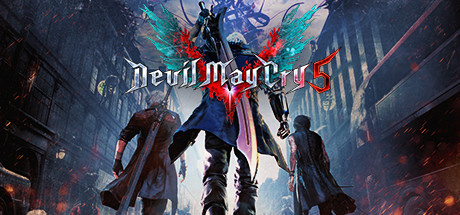Introduction
Devil May Cry 5 is the newest entry in Capcom’s famous hack-and-slash series, known for its over-the-top fights and stylish look. In this article, NewGamer compares DMC 5 to Bayonetta 2, God of War (2018), and Nier: Automata, looking at story depth, gameplay, visuals and audio, player feedback, and its lasting impact on the industry.
Storyline & Characters
DMC 5 continues the demon-hunting saga in Red Grave City. A giant “demon tree” is spawning monsters like Empusa and Goliath:
-
Nero has lost his devil arm and uses Nico’s new “Devil Breaker” arms, each with special powers (grappling hooks, shockwaves).
-
Dante returns in full swagger, switching between weapons like Rebellion, Balrog gauntlets, Ebony & Ivory pistols, and his Cavaliere motorcycle.
-
V, a mysterious newcomer, summons familiars (Griffon, Shadow, Nightmare) to fight, then finishes enemies himself.
Unlike God of War’s deep father-son journey or Nier’s thoughtful questions about life, DMC 5 focuses on big moments and catchy one-liners. If you want heavy drama, it may feel lighter, but for fast-paced action and colorful characters, it delivers.

Gameplay Mechanics
DMC 5 refines its style rank system (Son of Sparda, Royal Guard, Trickster) and adds a new Gunlinger style across three heroes:
-
Nero: Swaps his lost arm for various Devil Breakers that each offer unique moves.
-
Dante: Juggles multiple weapon sets and can change styles mid-combo.
-
V: Uses familiars to fight, then steps in to finish the job.
Compared to Bayonetta 2’s “witch time” slow-down and tight combo flow, DMC 5 gives you more tools. And lets you switch heroes mid-campaign. Some players may find so many weapons and styles overwhelming at first. Levels mix fast boss fights with short hallways—less open like God of War, but more varied in combat.
Visuals & Performance
Built on Capcom’s RE Engine, DMC 5 shows off lifelike character models, dynamic lighting, and breakable environments. While Nier: Automata on Unreal Engine 4 leans into dreamy, stylized worlds, DMC 5 blends gritty textures with anime flair. On PC, high-end rigs hit steady 4K at 60 fps, though early reports noted frame drops during massive boss fights—issues mostly fixed by patches. Fans of big, detailed battle scenes will be impressed, rivaling God of War’s epic vistas but keeping the focus on chaos.

Audio & Soundtrack
Devil May Cry 5 pairs head-banging metal and electronic rock to match the action. Composer Casey Edwards and team create thrilling tracks that sync with your combos. Voice actors Johnny Yong Bosch (Nero), Reuben Langdon (Dante), and Kyle Hebert (V) bring each hunter to life. Unlike God of War’s sweeping orchestral themes, DMC 5’s music is built for nonstop, high-energy fights—perfect if you want your heart racing every time you swing Rebellion.
User Reviews & Community Feedback
On Steam, recent user reviews stand at 97% Positive (3,013 reviews), and all-time reviews at 96% Positive (98,873 reviews). Players consistently praise:
- Combat Depth: Innovative Devil Breaker designs and style switching keep encounters fresh.
- Visual Fidelity: Top-tier RE Engine graphics and smooth animations.
- Boss Encounters: Memorable, adrenaline-fueled clashes that test skill and creativity.

Common critiques include:
- Linear Structure: Shorter campaign length and hall-way style levels compared to more open-ended titles.
- Camera Quirks: Occasional clipping or awkward angles in tight arenas.
- Cutscene Volume: Some feel story interludes detract from nonstop action.
Relative to peers, Bayonetta 2 holds a similar 97% positive rating but offers a shorter, more stylized experience; God of War sits at 94% positive, applauded for its narrative depth but criticized for less combat variety. Thus, DMC 5 occupies the sweet spot for players seeking breadth of mechanics without sacrificing visual spectacle.

Impact on the Industry
Devil May Cry 5’s success reaffirms the appetite for high-octane, skill-based action games in an era dominated by open worlds and live-service titles. Its technical achievements in real-time rendering and responsive combat have influenced upcoming spectacle fighters and raised expectations for next-gen hardware. Capcom’s commitment to post-launch balance patches and DLC characters (e.g., Vergil playable mode) underscores a growing trend: robust single-player packages complemented by extended support rather than microtransactions.
Conclusion
For those comparing DMC 5 to modern action benchmarks, it excels in raw combat variety, audiovisual polish and community engagement. While it may lack the narrative gravitas of God of War or the surreal charm of Nier: Automata, few games match its relentless pacing and stylish flair. If you’re an explorer of epic battles and crave a showcase of technical prowess and inventive weaponry, Devil May Cry 5 remains the gold standard in character-action titles.

